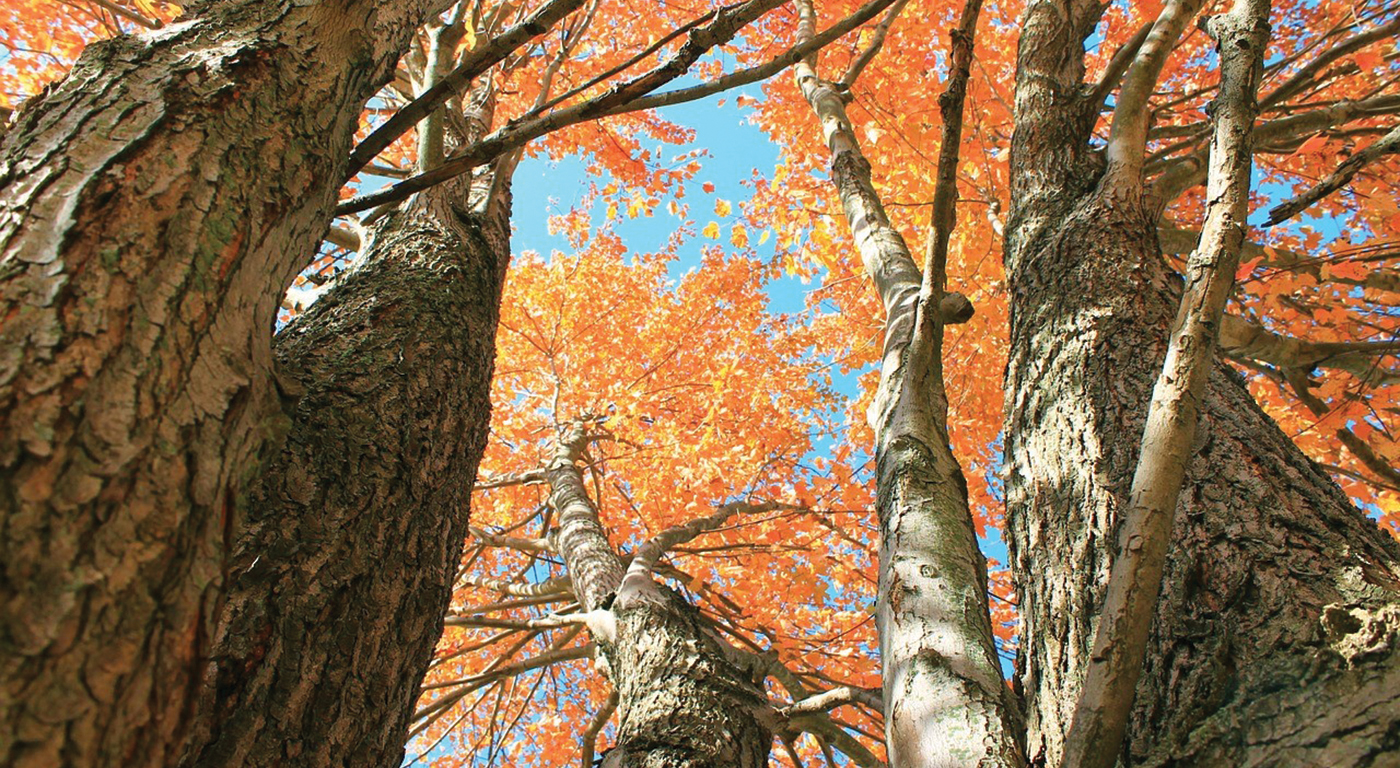Citizen Science
Saving the Forest for the Trees
Saving the Forest for the Trees
By Jill Nugent
Collaborative science projects you can join
Forests are one of nature’s most efficient ecosystems for capturing and storing atmospheric carbon (often referred to as “carbon sequestration”). In fact, one acre of forest can sequester more than a ton of carbon each year. The National Aeronautics and Space Administration (NASA) and the Global Learning and Observations to Benefit the Environment (GLOBE) Program have launched a citizen science project that enlists the public’s help to explore Earth’s carbon cycle by studying trees. The project, NASA GLOBE Observer (GO): Trees, invites you to submit observations of tree height through the NASA GO Program’s free mobile app (see “Helpful Project Links”).
Tree height serves as a visual indicator of an ecosystem’s ability to grow trees. Tracking trees and forest changes over time can help to estimate the biomass of an area. Biomass refers to the total mass of organisms in a given space. The NASA GO: Trees project will contribute greater insights into carbon storage quantities across the world’s forests and will help add to the scientific understanding of the role of trees in managing global carbon budgets.
The NASA satellite mission Ice, Cloud, and land Elevation Satellite-2 (ICESat-2) is involved in the project, by surveying the planet’s forests from space. The ICESat-2 uses an on-board laser altimeter instrument to measure the height of forest canopies worldwide. Tree height observations submitted through the NASA GO: Trees app will be used to compare ground-level citizen science data with the satellite data. Both satellite and ground data are important to gather to provide the most accurate measurements of forest ecosystems. By participating in this innovative project, students will be engaged in cutting-edge scientific research that will ultimately yield greater understanding of our planet and its dynamic, interconnected systems.

Project goal: Observe trees to help understand more about changes in forest biomass and effects on Earth’s carbon cycle.
Your task: Using a mobile device and the NASA GO Tree app, measure and report tree height and circumference in this global project.
Science discipline: Earth and environmental science
To get started, simply download the free NASA GO app. After downloading the app on your mobile device and setting up your information, you will be ready to submit observations. The trees that you observe for this project should be at least 5 m (16.4 ft.) tall. You will want to select the tallest tree(s) in a grouping of trees, or look for an isolated tree for your observations. Any frequency of observations are welcome, and you can measure as few or as many trees as you would like. You can also choose to monitor the growth of trees over time, and there is an option to submit the circumference of the tree(s) observed. Measuring circumference of the tree trunk is optional for this project. Circumference data can be used in estimates of trees’ biomass and carbon storage capabilities.
Materials you will need: mobile device (such as a smartphone) the NASA GO: Trees mobile app (free) measuring tape to measure tree trunk circumference (optional)
Once you have located a tree to measure and you have opened the app, aim your camera at the base of the tree and then scan to the top of the tree. Next, walk to the base of the tree and count and record your steps. While at the base of the tree, you will also log the latitude and longitude of the location. The app will calculate the tree’s height for you. Your data will help validate and refine the tree heights calculated by satellites in space.
Carbon is always on the move: from the atmosphere to plants, from plants to animals, from the atmosphere to bodies of water, from organisms to the land and to the atmosphere, and also from fossil fuels to the atmosphere. Physical, chemical, and biological processes, including water currents, respiration, photosynthesis, combustion, and decomposition are all involved at points throughout the cycle. Getting students involved in the NASA GO: Trees Project helps to illustrate the connection between trees and carbon. Trees grow by adding biomass; carbon is a key component in building that biomass. The NASA GO: Trees project provides excellent resources for educators (see “Helpful Project Links”) and additional resources are also available from NASA GO and the GLOBE Program (see “Additional Resources”).
To begin a classroom discussion about trees, carbon, and biomass, educators may be interested in playing the video, Where Do Trees Get Their Mass? (see “Additional Resources”). This video will help to spark ideas and further discussion. Additional follow-up questions to ask students may include: What are some of the “sources” and “sinks” of carbon in our geographic area? (Carbon “sinks” absorb more carbon than is given off, such as trees, forests, and the ocean; carbon “sources” emit more carbon than is absorbed, such as the combustion of fossil fuels.) Do impacts to the atmosphere from the identified “sources” and “sinks” vary across different times of the year in our area? Fall? Spring? Summer” Winter? In what way? What are some examples that students can think of? How might human activities contribute to atmospheric carbon levels? What are some steps that we can take to minimize this impact?
NASA needs your assistance, as they add the dimension of tree height to their global land cover investigations. Your tree observation data will help the accuracy of calculations for carbon storage in trees across the globe. The NASA GO: Trees project provides a unique opportunity for students to engage in real-world science, collaborate with NASA on a global science project, and to discover concepts and connections related to Earth’s systems.


